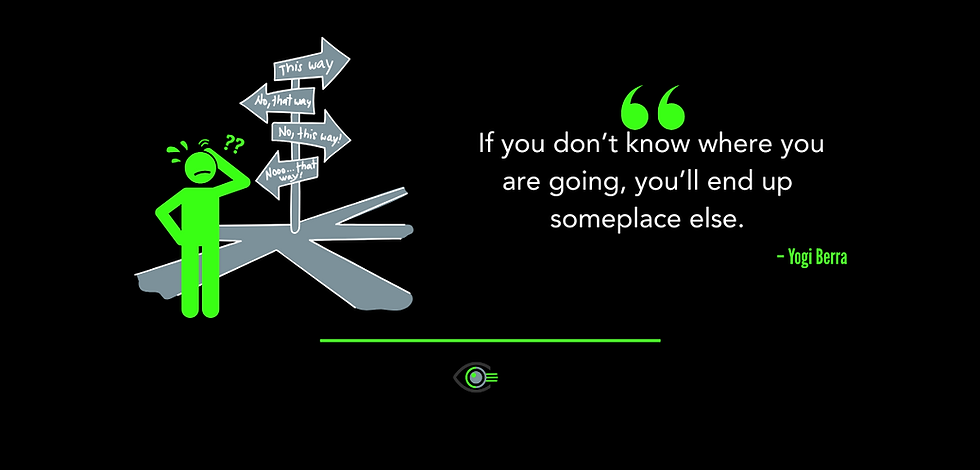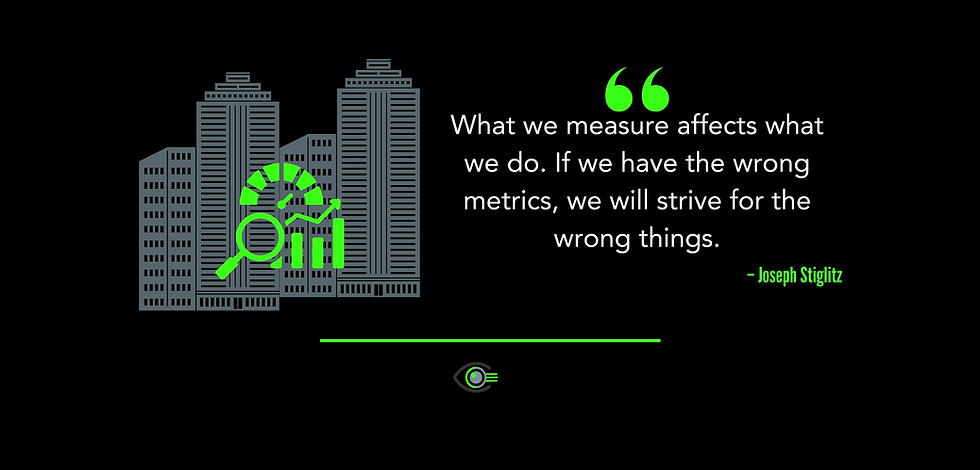Roadmaps Prevent Regret
- David Langdon

- Jul 24
- 3 min read
Why legal tech needs direction – not just decisions

“If you don’t know where you are going, you’ll end up someplace else.” – Yogi Berra
That quote opens Chapter 18 of Beyond the Features, and it captures something I’ve seen over and over again in legal tech projects: good intentions leading to poor outcomes because there was no clear direction.
When Decisions Don’t Add Up
It’s not that the software was wrong. Or that the people were inexperienced. It’s that the decisions were made reactively. One system to fix a problem in billing. Another to speed up document review. A third to plug a compliance gap.
Each of these might make sense on its own – but without a broader strategy, you’re left with a patchwork that’s hard to maintain, costly to support, and frustrating to use.
What a Roadmap Actually Does
That’s where roadmaps come in. Not as a rigid plan, but as a living guide – something that shows where you’re heading, what’s needed to get there, and how to prioritise along the way.
A roadmap doesn’t limit your options – it gives you a way to adapt when things change without losing sight of the bigger picture.
From Fixing to Forward Thinking
Too often, I see firms making smart decisions in the moment that don’t add up in the long run. And it’s not because they lack foresight – it’s because they’re caught in a cycle of reacting. Fixing. Firefighting. And eventually wondering why all the effort isn’t delivering the results they hoped for.
A technology roadmap flips that. It brings structure. It connects the dots between systems, processes, people, and business goals. It lets you say, “This is what matters – and this is how we’ll get there.”
And when new priorities emerge – which they always do – it gives you a framework to assess them. Do they fit? Should we adjust course? What’s the trade-off?
Keeping Everyone Aligned
Having a roadmap also helps with internal alignment. It keeps your project teams grounded, your stakeholders engaged, and your budget focused on progress, not just patching holes.
It’s not about saying no to innovation – it’s about making sure the innovation takes you somewhere useful.
Time for a Pulse Check?
So, a quick check-in:
Does your firm have a clear technology roadmap?
Or are you making ad hoc decisions, hoping they’ll somehow line up?
Are you confident that your tech investments are moving the firm forward – or just keeping things afloat?
If you’re not sure, it might be time to pause and reframe. Because even the best tools won’t deliver the right outcomes if you’re not clear on the destination.
As Yogi Berra said – and as I remind myself regularly – “If you don’t know where you’re going, you’ll end up someplace else.”
Let’s Build the Map Before You Hit the Road
I help firms build practical, structured technology roadmaps that link legal tech to real business outcomes – and keep teams moving in the same direction.
You can book a free 30-minute discovery consultation via the button below. Let’s talk through where you’re at and how to chart a better path forward.

Get the Book
If the topic covered in this blog post resonated with you…
You’ll find even more insight, structure, and practical guidance in Beyond the Features – a straight-talking resource designed to help law firms make smarter technology decisions, drive meaningful change, and avoid the common traps of transformation.
The book builds on ideas like those discussed here, offering frameworks, reflections, and actionable advice drawn from real-world experience.
Prefer digital? Get an instant download PDF version of the book on my website
Prefer print? The book is also available in paperback on Amazon.





Comments